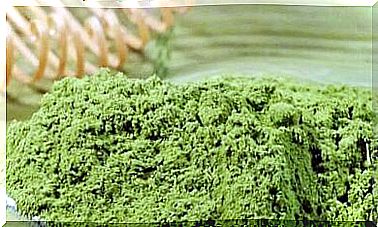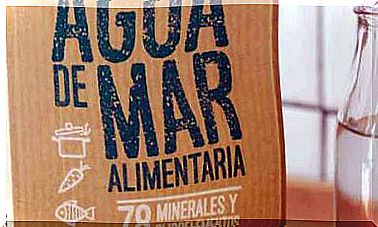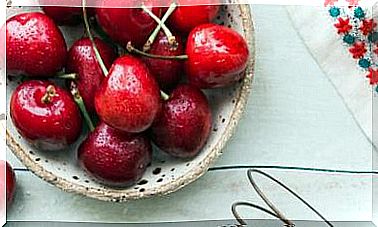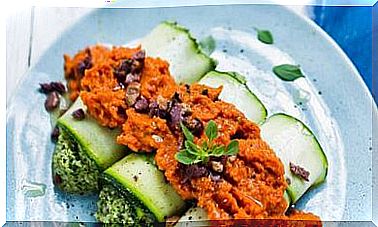How To Reduce Histamine
When the body accumulates too much histamine can cause digestive discomfort, headache and other imbalances. We give you 10 keys to limit its consumption and favor its elimination.

By eating we seek to obtain energy, well-being and pleasure. However, the foods that attract us often have a dark side. Some are related, for example, to an excessive presence of histamine in the tissues. The body produces and stores it in mast cells, cells that are activated in inflammatory and allergic processes.
Do you have an excess of histamine in the body?
Histamine has basic functions and is not always “bad.” It stimulates the secretion of digestive juices, dilates blood vessels when necessary and participates in immunity, the sleep-wake cycle and appetite. It only causes problems if there is an excess or an intolerance.
Some foods have histamine, which appears when the amino acid histidine breaks down. Others favor its release from mast cells.
The histamine absorbed in digestion is usually eliminated through the intestine thanks to the digestive enzyme diamine oxidase (DAO), but some people do not eliminate enough of it. It is not an allergy, although they are sometimes confused.
If you are deficient in DAO, the enzyme responsible for removing histamine, you are more likely to exceed the tolerable amount of histamine in the body. The deficiency can be caused by genetic predisposition or by inflammatory processes.
The symptoms of excess histamine are varied: ranging from cramps and other digestive discomfort to itching, shortness of breath or runny nose. Some people get red cheeks when drinking red wine due to vasodilation caused by histamine. In others it is the reason for their headaches.
When the discomfort appears immediately after the ingestion of food, we can suspect that they are due to excess histamine.
If you do without any source of histamine for four weeks and experience a disappearance of the symptoms you were experiencing, the cause of the problem is very likely an intolerance to histamine. When in doubt, an IgE immunoglobulin levels should be tested to rule out an allergy.
10 keys to controlling histamine
To avoid excess histamine in the body, certain dietary guidelines should be taken into account.
1. What you can take
Cereals, potatoes, vegetables, most fruits, vegetable oils or spices and aromatic plants are almost free of histamines.
As a general rule, fresh food contains less histamine than if it has been frozen, processed or reheated.
2. Attention to the precooked
They are the main sources of histamine in the conventional diet. These foods overload the body with additives and histamine. This is found in excess in meat products, such as sausages (280 mg per kilo in salami). It is also abundant in canned fish (300 mg in smoked mackerel), aged cheeses (especially near the rind), and red wine.
3. Some vegetables are rich in histamine
Most fresh fruits and vegetables do not provide enough histamine to cause symptoms. However, some favor their production. This is the case of strawberries, hence it sometimes causes hives. The fermented like sauerkraut or tempeh- are rich in histamine.
4. Foods with amines
In vulnerable people, an excess of certain foods with other amines can reduce the elimination of histamine. Among them, citrus (rich in tyramine), plum (octopamine), ripe banana (tyrosine) or chocolate (phenylethylamine). It is advisable to limit its consumption.
5. Beware of allergies and some habits
The release of histamine is part of any allergic process. It can also be increased by the imbalance between different populations of intestinal bacteria or by smoking.
6. It is important to drink frequently
The histamine concentration in tissues increases when they are poorly hydrated. Water needs vary depending on the type of diet, constitution, habits and climate, but in general it is recommended to drink a minimum of eight glasses of water daily.
7. Nutrients that help you control histamine
You should pay special attention to some nutrients, which should abound in your diet:
- The vitamin C slows the release of histamine and enhances the effect of the enzyme that removes.
- The vitamin B6 helps said enzyme is effective. It is found, for example, in foods such as potatoes, peppers, and pistachios.
- The quercetin is present in onions and their relatives, and inhibits histamine release.
8. The less overheated, the better
It is preferable to eat freshly prepared food. This is true for fruits and vegetables as well as for everything else. When a meal is reheated for the third time it contains significantly more histamine than the first time it was prepared.
9. Dispensable additives
Preservatives are typically added to products that are rich in histamine. Other additives that should be avoided are flavor enhancers (E-620 to E-625), such as monosodium glutamate, as they slow down the elimination of histamine.
10. Avoid excesses
Moderate the consumption of alcoholic beverages, wine vinegar, canned vegetables and fruits (such as sauerkraut, spinach, cucumbers, pineapple, raspberries), and fermented soy-based products.
The light pastry has more yeast and therefore also more histamine.









